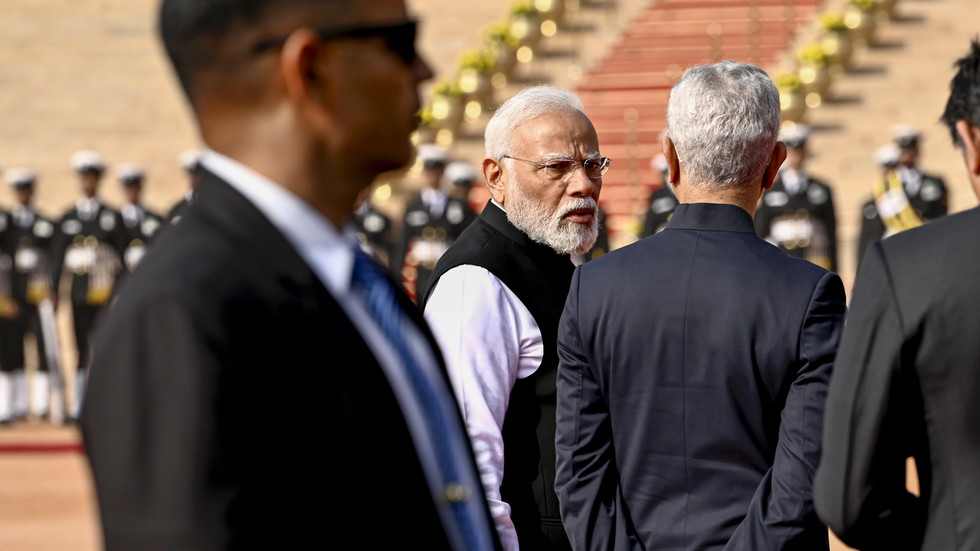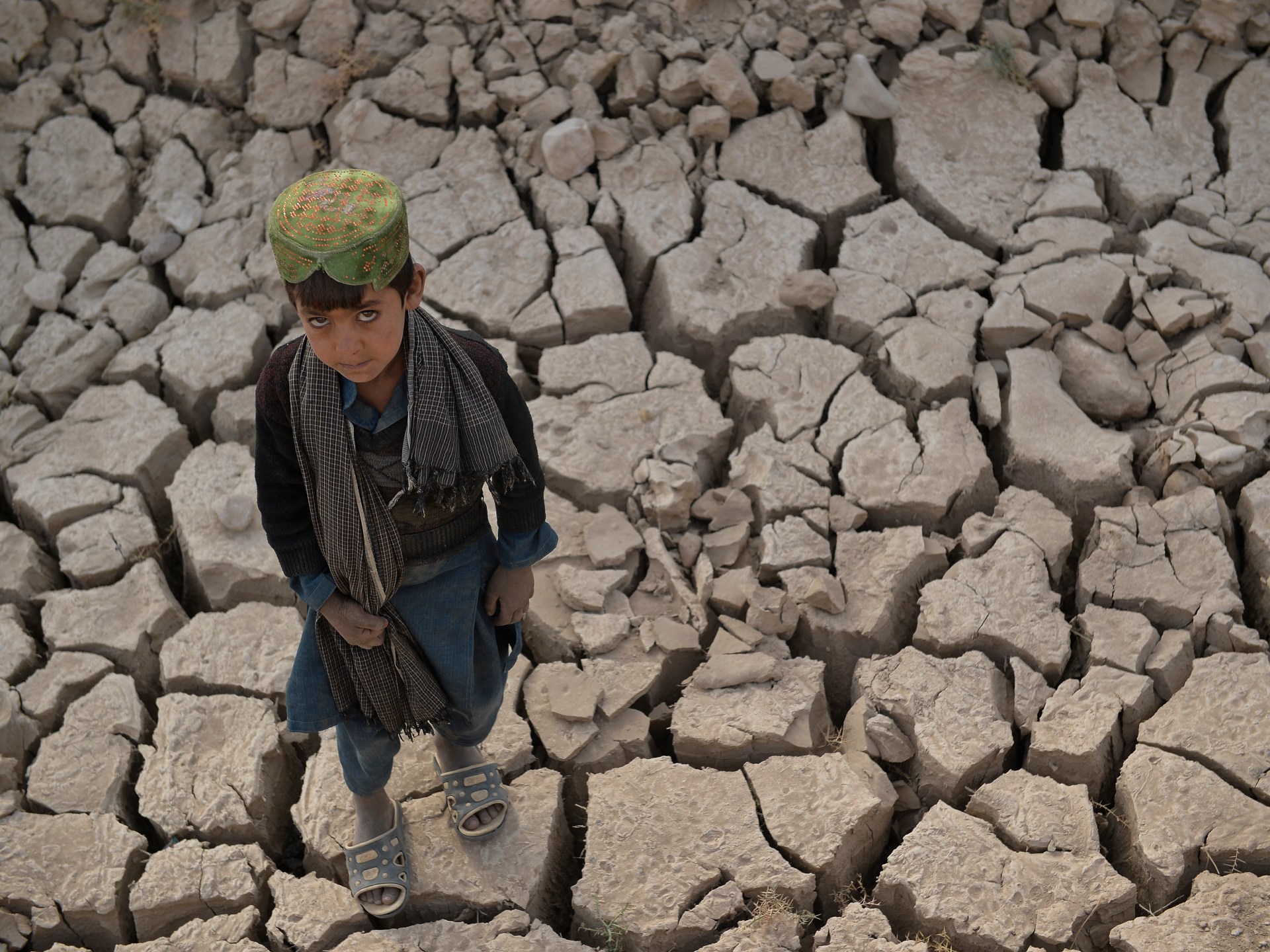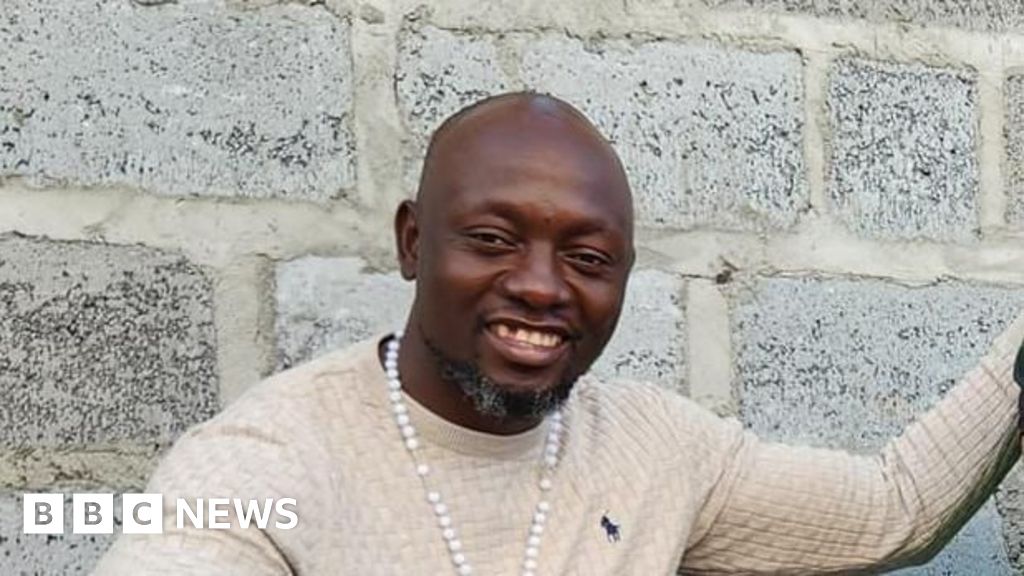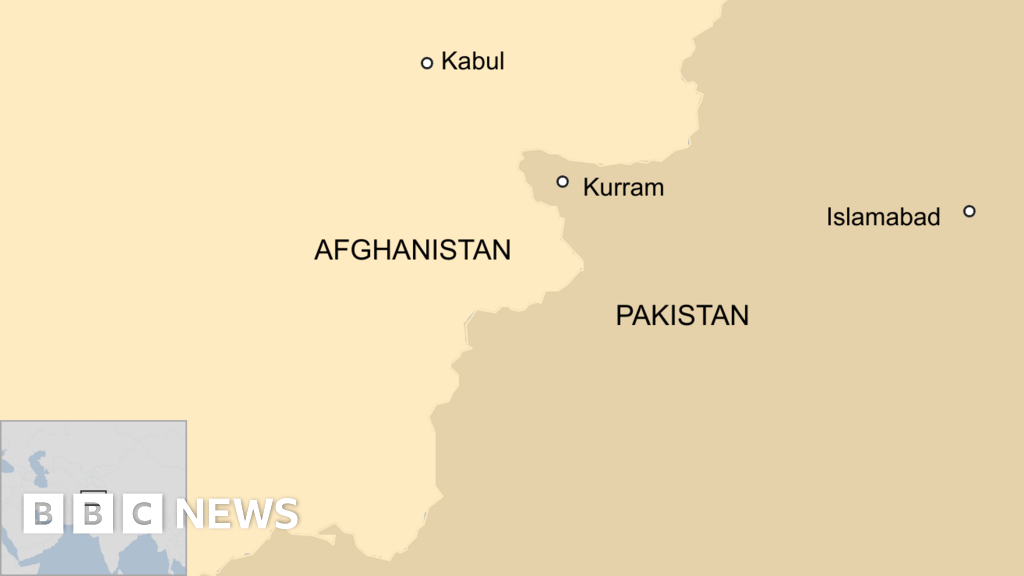NEW DELHI: The International Organisation for Migration on Sunday raised its estimate of the death toll from a massive landslide in Papua New Guinea to over 670.
Serhan Aktoprak
, who is the chief of the
UN migration agency
's mission in the South Pacific island nation, mentioned that the updated death toll was determined by Yambali village and
Enga provincial officials
, indicating that over 150 homes were buried in the landslide on Friday.
The initial estimate had stated 60 homes were affected.
Search and rescue operations faced significant challenges in rural Papua New Guinea on Saturday, following a massive landslide that buried villages and claimed the lives of at least three individuals. Local authorities indicated that the toll could potentially reach into the hundreds.
The affected area, encompassing three villages, is home to nearly 4,000 residents. Sandis Tsaka, the provincial administrator for Enga, where the disaster occurred, highlighted the likelihood of a substantial death toll due to the landslide striking a densely populated region and a key transportation route.
"They are estimating that more than 670 people (are) under the soil at the moment," Aktoprak told The Associated Press.
Local officials initially estimated the death toll to be 100 or more on Friday. By Sunday, only five bodies and a leg of a sixth victim had been recovered.
Emergency responders
in Papua New Guinea were relocating survivors to safer areas on Sunday. This action was necessary due to the threat posed by tons of unstable earth and
tribal warfare
, which is prevalent in the country's Highlands.
The government of the South Pacific island is currently assessing if it should formally seek additional international assistance.
Crews have lost hope of finding any survivors buried under 6 to 8 meters (20 to 26 feet) of earth and rubble, as stated by Aktoprak.
"People are coming to terms with this so there is a serious level of grieving and mourning," he said.
Government authorities were setting up
evacuation centers
on safer ground. The debris covers an area the size of three to four football fields and has blocked the main highway through the province.
"Working across the debris is very dangerous and the land is still sliding," Aktoprak said.
Beside the blocked highway, convoys have been transporting food, water, and other essential supplies to the devastated village located 60 kilometers (35 miles) from the provincial capital, Wabag, since Saturday. The convoys have encountered risks due to tribal fighting in Tambitanis village, which is approximately halfway along the route. Papua New Guinea soldiers are ensuring security for the convoys.
Eight locals lost their lives in a conflict between two rival clans that occurred on Saturday. The dispute had been ongoing and was not related to the landslide. According to local officials, approximately 30 homes and five retail businesses were set on fire during the conflict.
Aktoprak mentioned that he did not anticipate tribal combatants targeting the convoys. He also pointed out that opportunistic criminals might exploit the chaos to target the convoys.
"This could basically end up in carjacking or robbery," Aktoprak said. "There is not only concern for the safety and security of the personnel, but also the goods because they may use this chaos as a means to steal."
Longtime tribal warfare has raised questions about the accuracy of the official population estimate of nearly 4,000 residents in the village. This doubt emerged when a portion of Mount Mungalo collapsed.
Justine McMahon, country director of the humanitarian agency CARE International, said moving survivors to "more stable ground' was an immediate priority along with providing them with food, water and shelter. The military is taking the lead in these efforts.
The numbers of injured and missing were still being assessed on Sunday. Seven people, including a child, had received medical treatment by Saturday. However, officials had no details on their conditions.
Medical facilities, along with houses, several small businesses, a guest house, school, and a gas station, were buried, according to officials.
McMahon mentioned that there are other health facilities in the region. Additionally, the provincial government is dispatching health workers, and the World Health Organization is mobilizing staff.
"There will be some support, but it's such a spread-out area that I think it will be quite a challenging situation," McMahon said. "The scale of this disaster is quite immense."
Papua New Guinea is located in the tropics, but the village is situated at an elevation of 2,000 meters (6,600 feet) above sea level, resulting in substantially cooler temperatures.
Papua New Guinea Defense Minister Billy Joseph and the government's National Disaster Center director Laso Mana flew from Port Moresby to Wabag by helicopter on Sunday. They wanted to gain a firsthand perspective of the needs in the area.
Aktoprak expected that the government would make a decision by Tuesday on whether to officially ask for additional international assistance.
The United States and Australia, which are close neighbors and the largest providers of foreign aid to Papua New Guinea, have publicly expressed their willingness to increase assistance to responders.
Papua New Guinea is a diverse and developing nation. It has 800 languages and a population of 10 million, most of whom are subsistence farmers.
(With inputs from agencies)

 5 months ago
32
5 months ago
32








